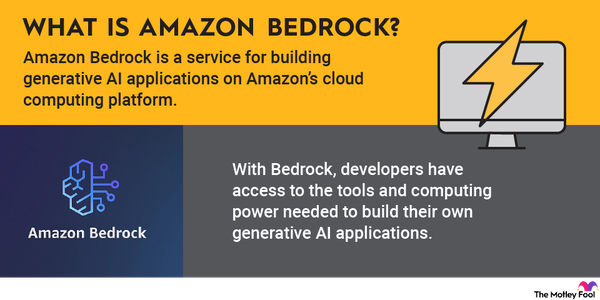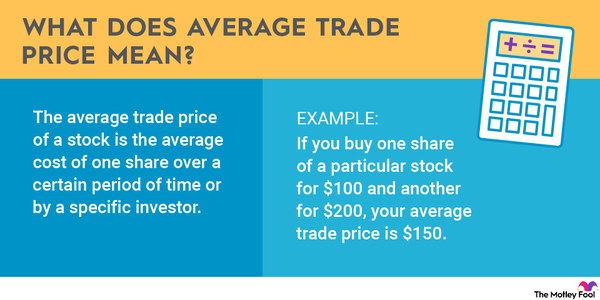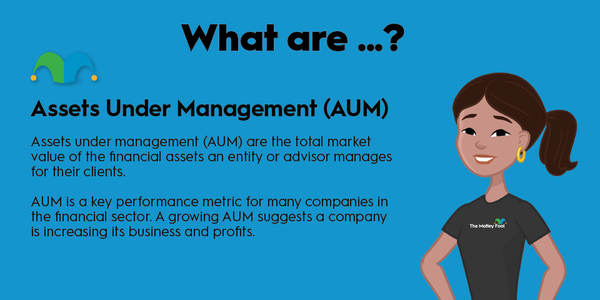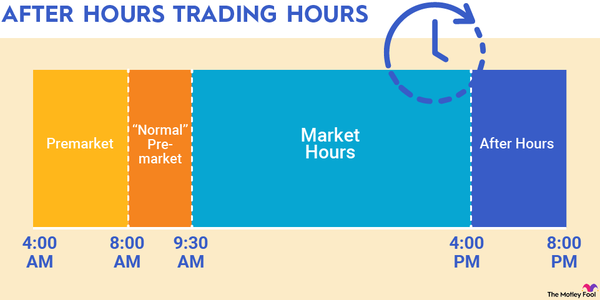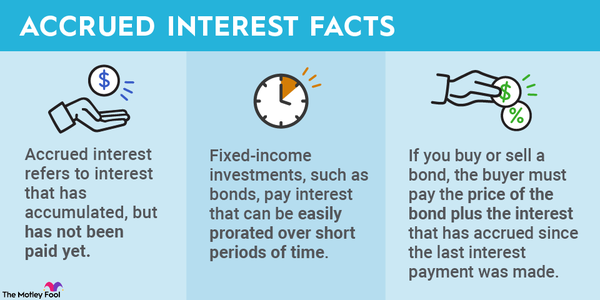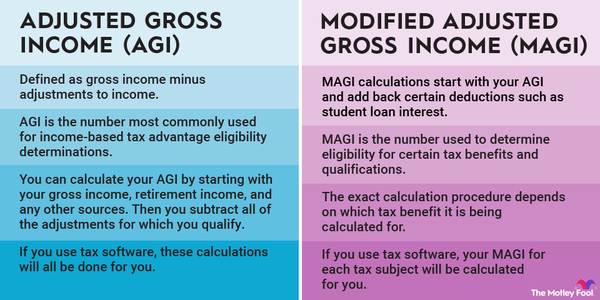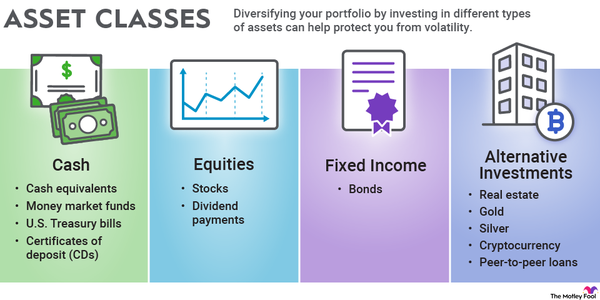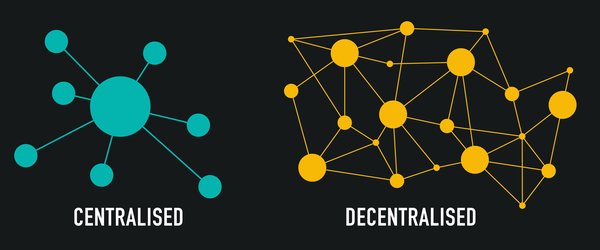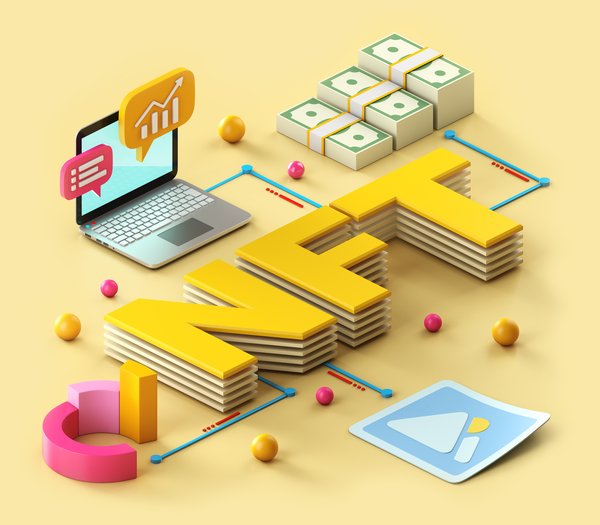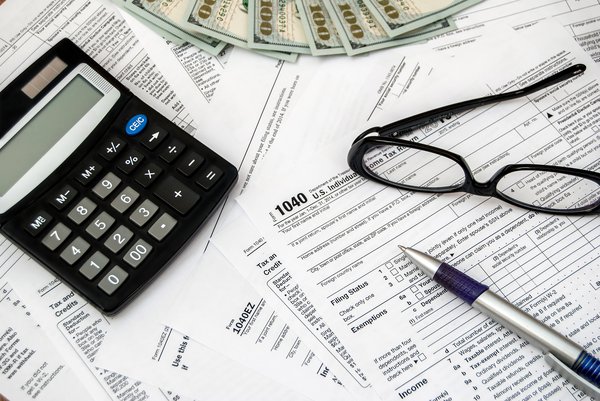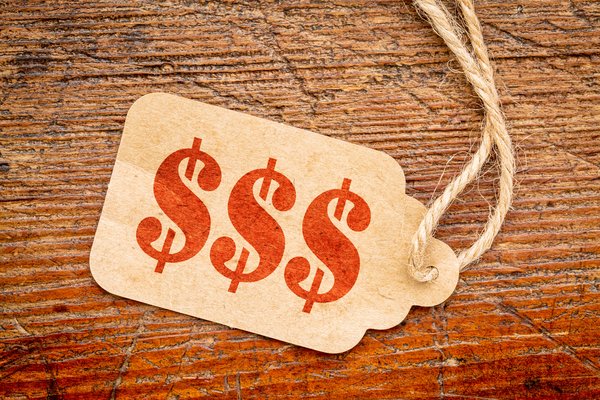ACH payments facilitate automated paycheck deposits and bill payments, plus person-to-person money transfers. The popularity of ACH payments has grown rapidly in recent years as consumers and businesses increasingly manage their finances online. Protect your wealth by learning how ACH payments work, when to use them, and how to avoid ACH payment fraud.

Overview
Understanding ACH payments
ACH stands for Automated Clearinghouse Network, an electronic payment system developed and governed by Nacha, an independent organization. Nacha is owned by banks, credit unions, and payment processors.
An ACH payment is an electronic funds transfer that uses the ACH network. These transfers move money from one bank account to another within the United States and its territories. The network processes payments on business days, almost around the clock. Settlements occur four times daily.
Despite the network's ample processing hours, most ACH transfers take two to five days to settle. The network can support same-day payments, but these are less widely used compared to standard ACH transfers.
Both businesses and consumers use ACH payments. Businesses that collect recurring fees commonly ask their customers to pay via ACH transfer. To set this up, the customer provides a bank account number and routing number. The business -- say, a provider like AT&T (T 0.59%) -- would then automatically draft money from the customer's bank account each month to collect any billed amounts.
Consumers also use the ACH network to transfer money to themselves and to other individuals. As an example, PayPal (PYPL 1.43%) uses the ACH network to transfer funds from PayPal accounts to bank accounts. The payment service Zelle, owned by seven big U.S. banks, also uses the ACH network behind the scenes but adds another layer to streamline the experience. Zelle payments clear almost immediately and can be initiated with an email address rather than a bank account number.
Payment types
Types of ACH payments
There are two types of ACH transactions: ACH credits and ACH debits.
ACH credits are initiated by payers. The funds are pushed from the payer's account to the recipient's account. ACH credits are used for payroll deposits and Social Security checks.
ACH debits are initiated by payment recipients. In this case, the funds are pulled from the payer's account and moved to the recipient's account. They include automated payments from a customer's bank account to lenders, utility providers, smartphone providers, and streaming providers.
ACH vs. wire transfers
ACH payments compared to wire transfers
ACH payments serve the same purpose as wire transfers. Both transfer money from one bank account to another, but there are differences that create relative advantages and disadvantages. The advantages of ACH payments vs. wire transfers include:
- ACH payments are cheaper than wire transfers. The fees usually cap out at a few dollars, and businesses often absorb them. Wire transfers cost $25 or more.
- ACH payments can be reversed. Wire transfers cannot be rescinded once the money has been sent.
- ACH payments are more secure. ACH payments go through a clearinghouse, which delays settlement but also improves fraud detection.
- ACH payments can push or pull funds. Wire transfers can only be initiated by the sender, not the receiver.
Disadvantages of ACH payments compared to wire transfers include:
- ACH payments take longer to clear than wire transfers. Wire transfers settle in a day or less, while ACH payments can take up to five days to finalize.
- ACH payment limits may be lower than wire transfer limits. Wire transfers are often used for large payments, such as funding an escrow account for a home purchase.
- ACH payments can only be sent domestically. Wire transfers support domestic and international payments.
Fraud & prevention
ACH payment fraud and prevention
ACH payments tend to be safer than paper checks and debit card payments. Paper checks expose bank account and routing numbers, and debit cards can be skimmed or hacked.
Still, ACH payment fraud happens. These fraudulent transactions can arise when someone convinces another person to send an ACH payment under false pretenses.
These scams may use phone calls or emails to distribute fake payment requests or invoices. Unfortunately, these outreach efforts often impersonate legitimate companies -- which makes them difficult to spot.
Related investing topics
Consumers can avoid outbound scams by:
- Deleting emails from unknown senders.
- Following up on recognized payment requests through another channel. If an email asks for a phone call, for example, go to the organization's website and reach out via live chat instead.
- Not clicking on links received via email or text, even if the URL looks legitimate.
- Monitoring bank accounts regularly for unauthorized transactions.
- Using two-factor authentication for financial accounts. Two-factor authentication requires a password and a second verification, such as an emailed code, for logins.
Direct hacking is another source of ACH fraud. Hackers access online systems without authorization to gather banking information or redirect payments. As an example, a hacker might access a large company's payroll system and redirect the next run of paychecks into another account.
Hacking-related ACH fraud is a more challenging problem because hackers may not communicate with accountholders directly. Monitoring accounts for extra or missing transactions is the best prevention.




